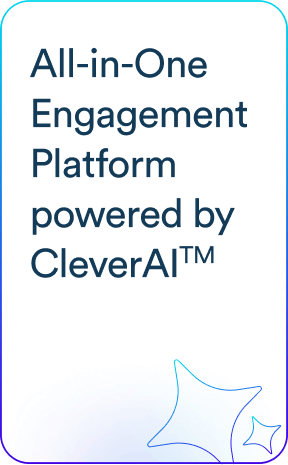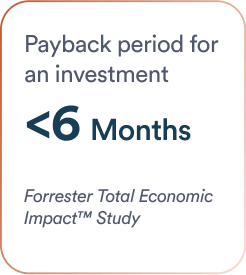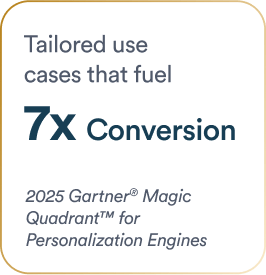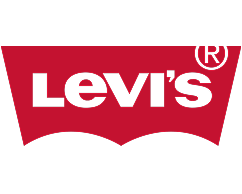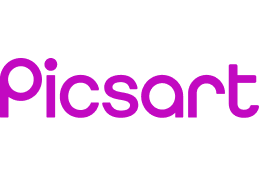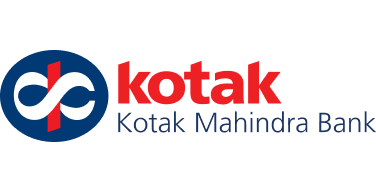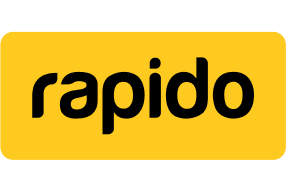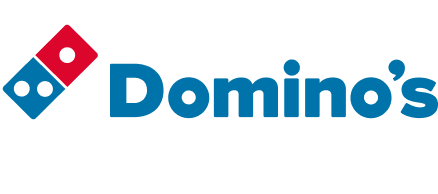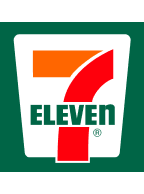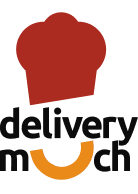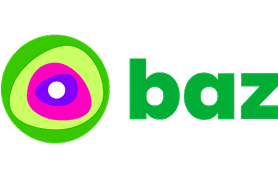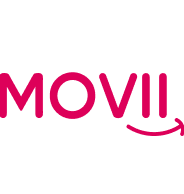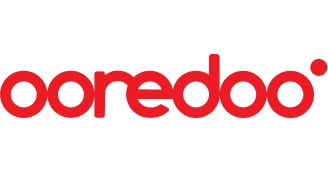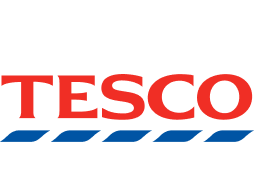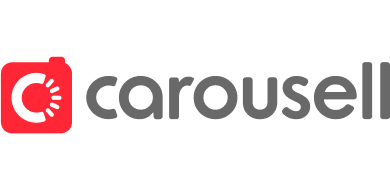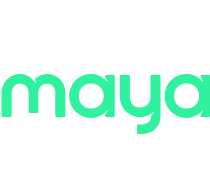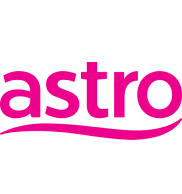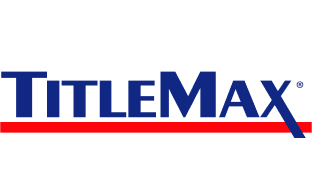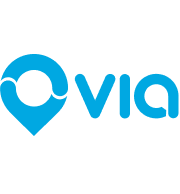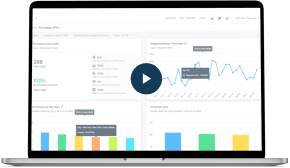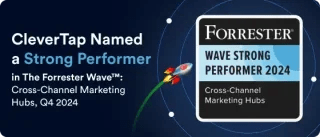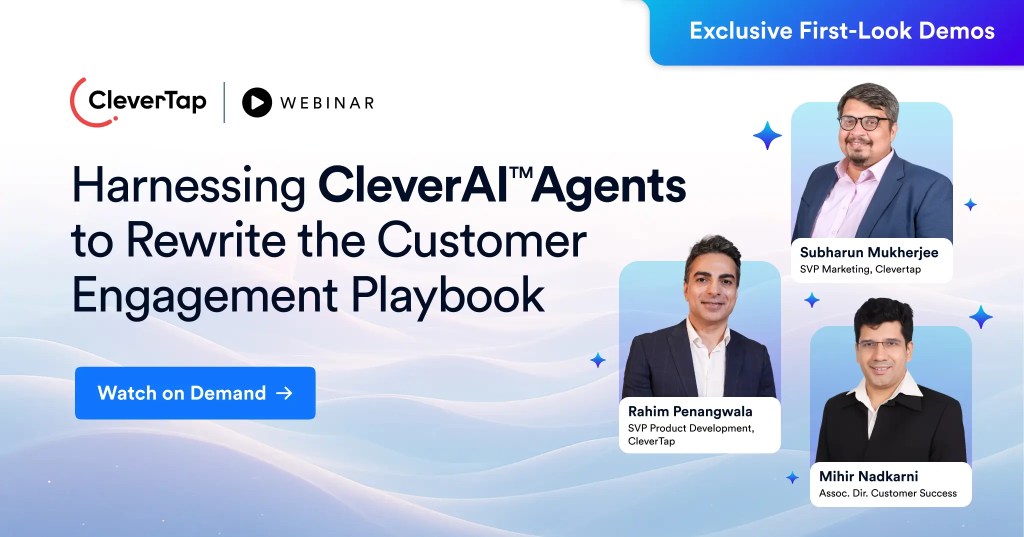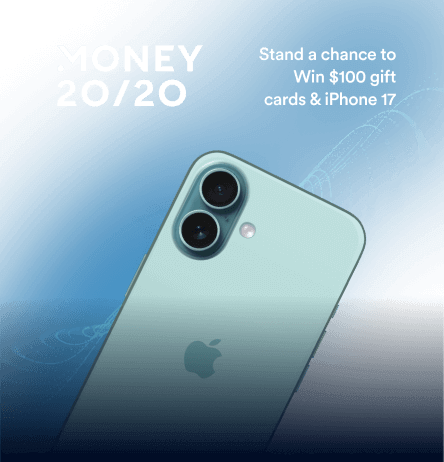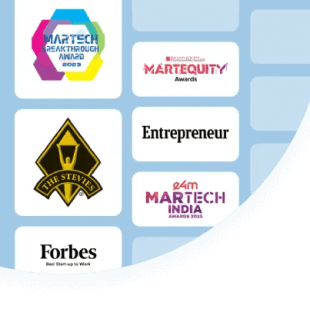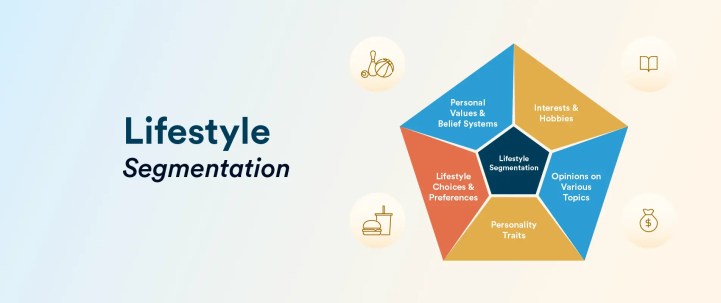One-size-fits-all marketing is losing its impact as consumers prioritize meaningful connections. They prefer brands that resonate with their values, habits, and beliefs. Lifestyle segmentation helps businesses write targeted messages that truly resonate. In this blog, learn how it can refine your marketing strategy. Explore its types, benefits, and real-world applications to boost customer engagement and ROI.
What is Lifestyle Segmentation?
Lifestyle segmentation is a sophisticated marketing approach that categorizes consumers based on their fundamental values, attitudes, interests, and behaviors. It’s a form of psychographic segmentation that groups users by psychological traits rather than just demographics.
Unlike traditional demographic segmentation, which focuses on surface-level factors such as age, gender, or income, lifestyle segmentation offers a deeper understanding of consumer motivations and decision-making. It recognizes that people within the same demographic can have vastly different lifestyles, preferences, and, thus, purchasing habits.
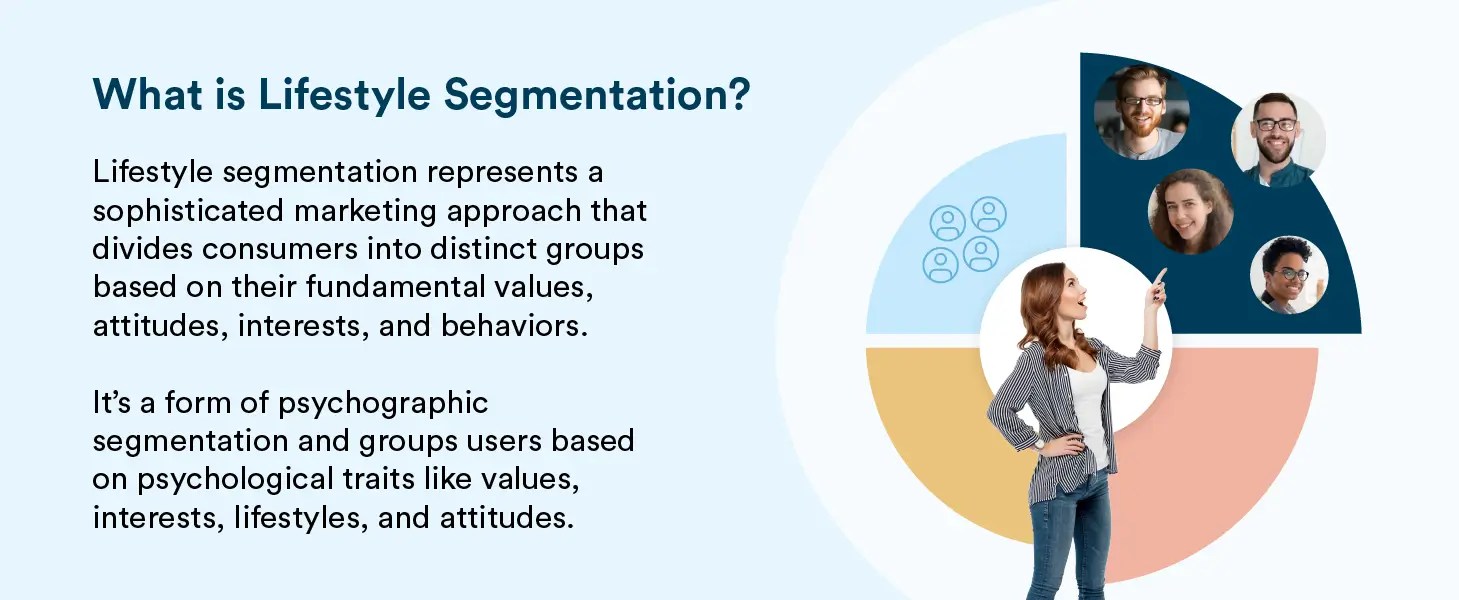
The goal is to enable hyper-personalized marketing by aligning products or messages with consumers’ way of life. And, you show customers you understand them, which enhances relevance and connection.
Key Factors in Lifestyle Segmentation:
- Personal Values and Belief Systems: Fundamental principles that guide decision-making and brand affinity.
- Lifestyle Choices and Preferences: Day-to-day decisions about consumption, leisure, and priorities.
- Personality Traits: Enduring characteristics that influence responsiveness to different marketing approaches.
- Interests and Hobbies: Activities that consume discretionary time and often direct purchasing behavior.
- Opinions on Various Topics: Perspectives on social, political, and cultural issues that may influence brand selection.
Benefits of Lifestyle Segmentation & Why It Matters
Implementing lifestyle segmentation in marketing enables more precise targeting and enhances customer engagement. This approach offers numerous benefits that can directly impact a company’s success:
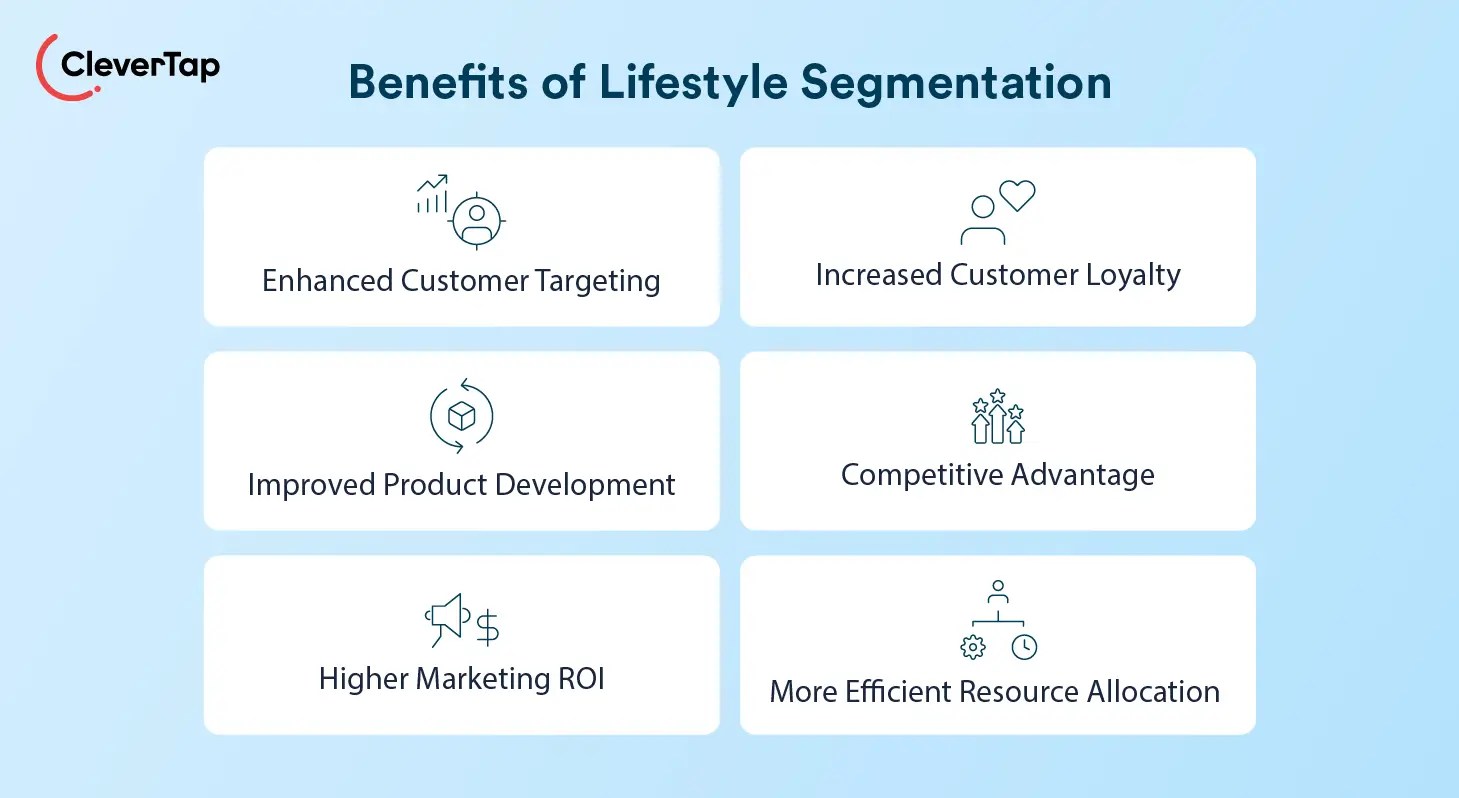
- Enhanced Customer Targeting: Businesses can create marketing messages that better resonate with lifestyle segments, making campaigns more relevant and engaging.
- Improved Product Development: Companies can use lifestyle insights to design products and features that align with specific consumer preferences.
- Higher Marketing ROI: Targeted campaigns based on lifestyle segments can yield higher returns.
- Increased Customer Loyalty: Businesses can build stronger customer relationships by delivering personalized experiences.
- Competitive Advantage: Companies can stand out in a crowded marketplace by using lifestyle segmentation to engage customers more effectively than competitors.
- More Efficient Resource Allocation: Businesses can allocate marketing resources more efficiently by focusing on the most promising lifestyle segments.
The significance of lifestyle segmentation is evident in shifting consumer behaviors. People are increasingly focused on saving while still showing interest in major purchases despite economic uncertainties. This paradox highlights the need for nuanced marketing strategies that address complex consumer motivations.
Types of Lifestyle-Based Segmentation in Consumer Markets
Lifestyle segmentation can be approached in various ways, each offering unique insights into consumer behavior. Here are some of the most common types:
VALS (Values and Lifestyles) Framework
Developed by SRI International, VALS (Values and Lifestyles) is a well-known framework that segments consumers into profiles based on their internal values and resources. Major lifestyle categories include:
- Innovators: Affluent, curious consumers seeking upscale, niche products that reflect refined tastes.
- Thinkers: Practical, research-driven planners who prioritize durability in purchases.
- Achievers: Goal-oriented, family- and career-focused buyers who prefer premium, time-saving products from trusted brands.
- Experiencers: Young, impulsive adventurers who spend on experiences, fashion, and entertainment for self-expression.
- Believers: Traditional, conservative consumers loyal to familiar, value-aligned brands.
- Strivers: Aspirational yet budget-conscious shoppers who seek the appearance of wealth.
- Makers: Hands-on, self-sufficient individuals who prefer functional, no-frills products.
- Survivors: Price-conscious, cautious consumers who stick to stable, reliable products.

These segments guide marketers in targeting audiences effectively. For instance, high-end gadget brands may focus on Innovators and Achievers, while budget-friendly home goods brands cater to Makers and Survivors.
PRIZM (Potential Rating Index for ZIP Markets)
PRIZM classifies U.S. households into 66 unique segments by integrating demographic data, consumer behavior insights, and geographic factors. Each segment reflects distinct lifestyle characteristics, spending habits, and preferences.
Marketers categorize these 66 segments into 11 Lifestage Groups and 14 Social Groups to better understand consumer behavior within different socioeconomic and demographic contexts.
- Lifestage Groups classify households by age, income level, and family composition, revealing purchasing power and priorities.
- Social Groups organize consumers based on urbanization, income, and education, identifying lifestyle patterns influenced by location and economic status.
PRIZM clusters consumers at the neighborhood level, allowing brands to design hyper-local marketing strategies. Luxury car brands, for example, may target high-income urban clusters, while budget-friendly retailers may focus on suburban, middle-income segments.
AIO (Activities, Interests, and Opinions)
AIO segmentation thoroughly examines how consumers spend their time and attention (activities), what they consider important in their surroundings (interests), and how they perceive social, economic, and cultural issues (opinions). Marketers gain a detailed understanding of consumer lifestyles and behavioral drivers by analyzing these factors.

Geodemographic Segmentation
Geodemographic segmentation combines geographic and demographic data to classify consumers based on where they live. It recognizes that residential location strongly influences lifestyle patterns and consumption preferences.
Behavioral Segmentation
Behavioral segmentation analyzes consumer actions, such as purchasing habits, brand interactions, product usage, and loyalty behaviors. It provides direct insights into how consumers’ lifestyle values shape their marketplace decisions.
Each segmentation method offers a unique perspective on consumer lifestyles. Marketers can choose and apply the most relevant framework based on their industry, objectives, and target audience.
Step-by-Step Guide: Implementing Lifestyle Segmentation
Implementing lifestyle-based segmentation requires a systematic approach. Here’s a step-by-step guide to help you get started:
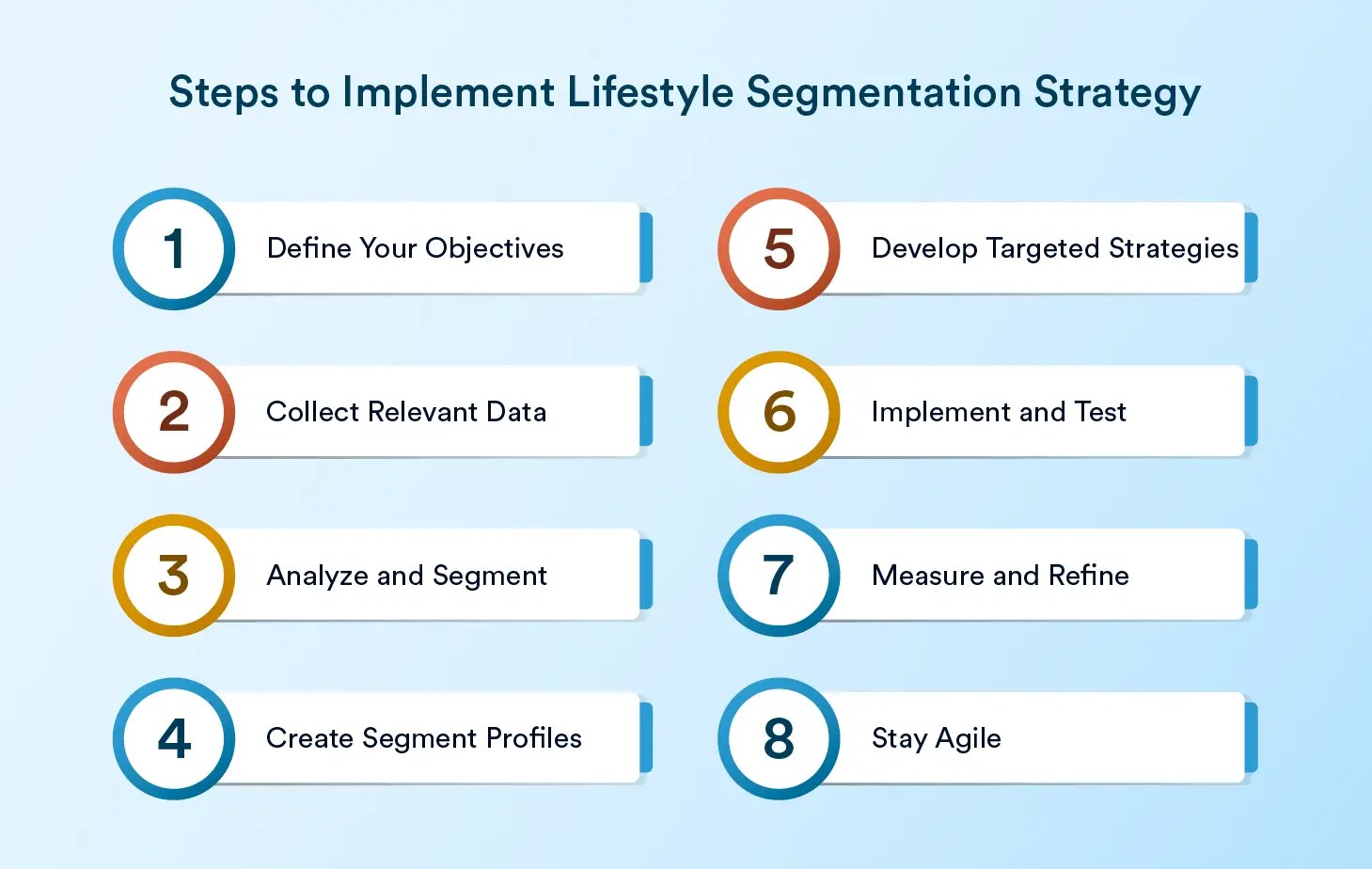
1. Define Your Objectives
Clearly outline what you hope to achieve with lifestyle segmentation. Are you looking to improve customer retention, increase sales, or enter new markets? Consider both short-term and long-term goals to ensure your strategy aligns with overall business objectives. Conduct a SWOT analysis to identify areas where lifestyle-based segmentation can have the most significant impact on your business.
2. Collect Relevant Data
Gather data from various sources, including:
- Customer surveys and feedback
- Social media interactions and sentiment analysis
- Purchase history and behavior patterns
- Website analytics and user journey mapping
- Third-party consumer research and industry reports
- Customer service interactions and support tickets
- Customer loyalty program data and engagement metrics
- Mobile app usage patterns and preferences
3. Analyze and Segment
Employ advanced analytics tools and methodologies to identify meaningful patterns and create distinct lifestyle segments. This typically involves sophisticated techniques such as:
- Cluster analysis to identify natural groupings
- Machine learning algorithms to detect subtle patterns
- Factor analysis to reduce complex data into manageable dimensions
- Predictive modeling to anticipate segment behaviors
4. Create Segment Profiles
Develop detailed profiles for each lifestyle segment, including:
- Key characteristics, values, and psychographic traits
- Preferred communication channels and media consumption habits
- Shopping habits, preferences, and brand affinities
- Pain points, motivations, and aspirational goals
- Typical customer journey and decision-making processes
- Seasonal trends and lifecycle stage considerations
- Price sensitivity and willingness to pay for premium features
5. Develop Targeted Strategies
Create marketing strategies tailored to each segment, including:
- Customized product offerings and service bundles
- Personalized messaging, content, and value propositions
- Channel-specific communication plans and timing strategies
- Pricing and promotion strategies aligned with segment preferences
- Customer experience enhancements based on segment needs
- Loyalty programs and retention initiatives tailored to segment values
- Cross-selling and upselling opportunities based on segment affinities
6. Implement and Test
Roll out your segmented marketing campaigns and closely monitor their performance. Consider A/B testing different approaches within each segment to optimize effectiveness. Moreover, implement tracking mechanisms to measure key performance indicators (KPIs) for each segment. Then, utilize marketing automation tools to streamline campaign execution and ensure consistent messaging across channels.
7. Measure and Refine
Continuously analyze the results of your segmentation efforts against established KPIs and refine your approach based on real-world performance data, including:
- Engagement metrics by segment
- Conversion rates and revenue attribution
- Customer satisfaction and loyalty measures
- Return on marketing investment by segment
- Lifetime value development trajectories
8. Stay Agile
Be prepared to adjust your segments as consumer behaviors and market conditions change over time. Regularly review and update your segmentation model to ensure it remains relevant and effective. Consider implementing a formal review process on a quarterly or bi-annual basis. Monitor industry trends and competitor activities to identify emerging opportunities or threats to your segmentation strategy.
By following these steps, you can create a robust lifestyle segmentation strategy that evolves with your customers and adapts to emerging market trends.
Real-World Examples of Lifestyle-based Segmentation
Exploring how top brands use lifestyle segmentation provides key insights for marketers. The examples below show how aligning marketing with lifestyle preferences boosts engagement, loyalty, and growth.
Red Bull – Selling an Action-Packed Lifestyle
Red Bull’s marketing strategy goes beyond demographics and directly targets a “high-adrenaline” lifestyle segment—individuals passionate about extreme sports, adventure, and pushing limits.
- How they did it: Red Bull’s tagline, “Red Bull gives you wings,” and its sponsorship of extreme sports events, such as cliff diving and Formula 1, align with the mindset of thrill-seekers.
- Impact: By embedding itself in this lifestyle, Red Bull transformed from an energy drink into a symbol of adventure, building deep emotional connections with its audience. This strategy has been instrumental in its market dominance.
Nike’s Community Segmentation
Nike segments its customers based on lifestyle groups, such as runners, basketball players, and sneaker collectors, tailoring engagement to each segment.
- How they did it: Nike’s Run Club app and related content support the running community by integrating with their daily routines, goals, and values, such as perseverance and achievement.
- Impact: This segmentation guides product development (e.g., marathon vs. casual jogging shoes) and marketing initiatives. By embedding itself in runners’ lifestyles, Nike has built a loyal customer base, strengthening repeat sales and brand advocacy.

Shawarmer Restaurant Chain – Occasion-Based Lifestyle Segmentation
Saudi Arabia’s restaurant chain, Shawarmer, leveraged CleverTap’s advanced segmentation tools to enhance customer retention by identifying lifestyle-driven, occasion-based segments that reflect different dining habits and preferences.
- How they did it: Shawarmer analyzed customer behavior to categorize diners based on meal timing and occasion (e.g., busy professionals ordering quick workday lunches vs. families dining together in the evening). They applied CleverTap’s machine learning-driven RFM segmentation to deliver personalized, time-sensitive offers, such as targeted dinner promotions for late-night diners through their preferred communication channels.
- Impact: Their sales increased by 9%, demonstrating improved customer engagement. On the other hand, their customer churn dropped by 36%, proving the effectiveness of timely, behavior-based targeting.
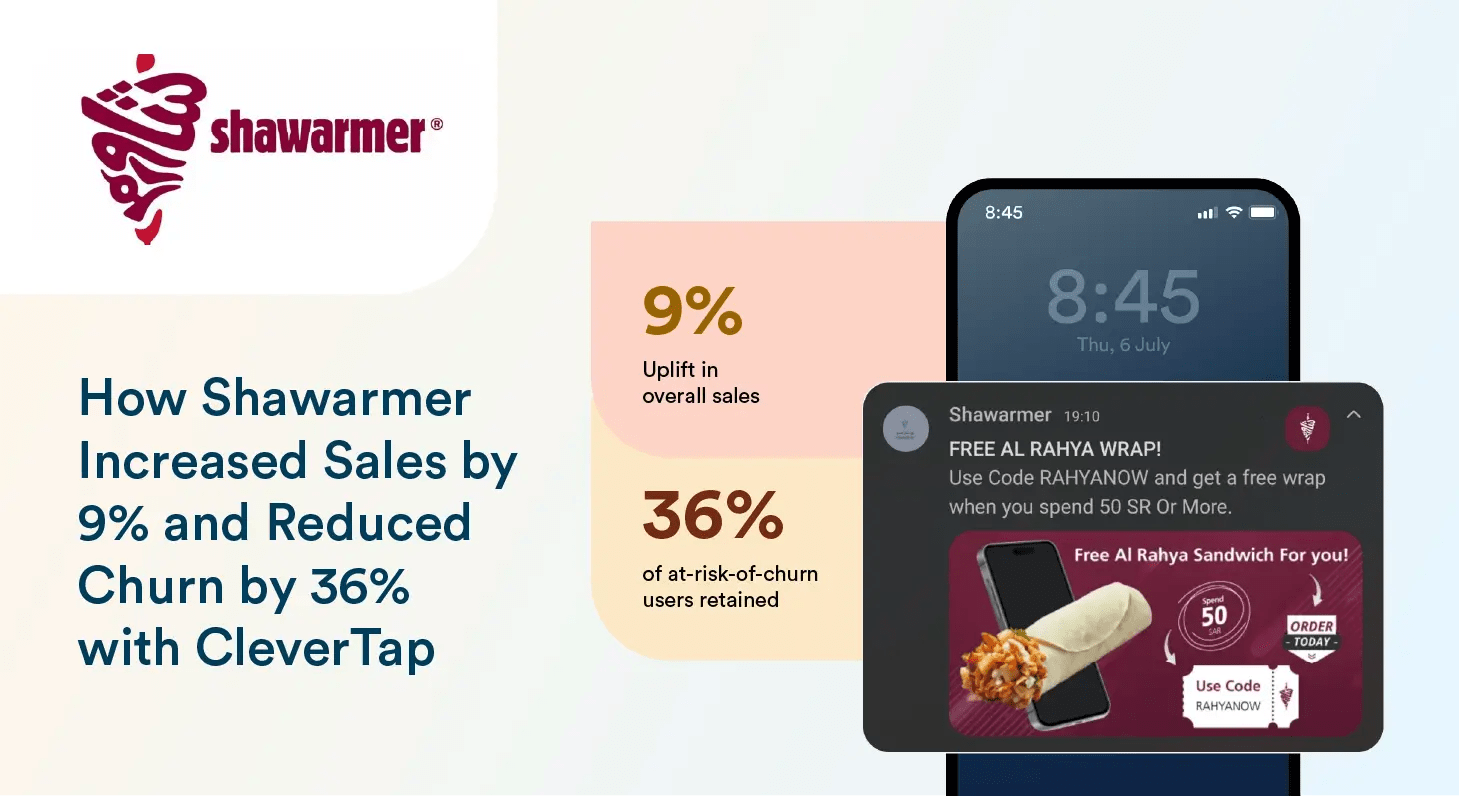
BeBlue FinTech App – Lifestyle-Based Financial Behavior Targeting
Fintech loyalty app BeBlue used lifestyle segmentation to customize marketing based on consumer spending habits and preferences.
- How they did It: BeBlue segmented users by transaction behavior and lifestyle choices, such as frequent café visitors. They designed targeted rewards campaigns, like exclusive coffee shop offers for young urban spenders. Moreover, they automated personalized engagement using CleverTap’s AI-powered segmentation tools to enhance precision.
- Impact: They saw a significant growth in active users and customer engagement. This demonstrated the power of financial and lifestyle segmentation in improving personalization and retention.
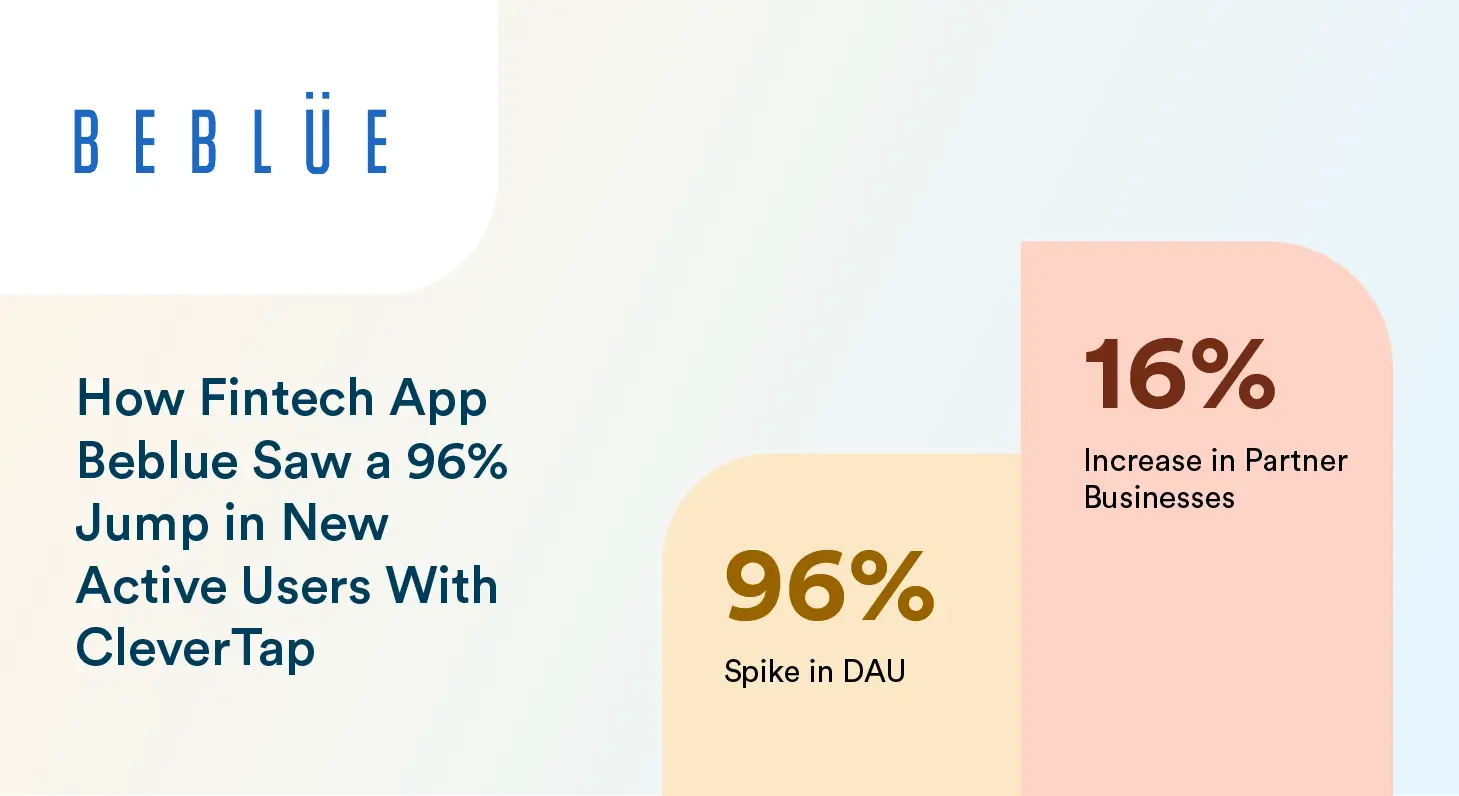
How AI is Building an Impactful Lifestyle Segmentation
Artificial Intelligence is revolutionizing lifestyle segmentation by providing deeper, real-time insights into consumer behaviors, automating segmentation processes, and enhancing personalization.
1. AI-Powered Data Collection & Analysis
AI gathers and analyzes data from multiple sources:
- Social media activity tracks consumer interactions, trends, and sentiment.
- Purchase history & browsing behavior identify shopping patterns.
- Geolocation data detects movement patterns and lifestyle preferences.
- IoT and wearable devices analyze health, fitness, and lifestyle data.
2. Predictive Analytics for Future Trends
AI anticipates future consumer behavior by analyzing past purchase patterns and real-time engagement, helping brands identify trends, tailor product recommendations, and optimize marketing strategies.
3. Real-Time Dynamic Segmentation
AI enables continuously updated consumer groups based on new behaviors, allowing brands to adjust campaigns instantly, deliver hyper-personalized experiences, and create niche segments.
4. Hyper-Personalization and AI-Driven Engagement
AI crafts hyper-personalized messages by analyzing preferred communication channels, optimal engagement times, and content preferences.
5. AI Chatbots & Virtual Assistants for Lifestyle Insights
AI-powered chatbots provide tailored recommendations, gather qualitative insights, and enhance customer support through real-time interactions.
6. AI in Sentiment Analysis & Emotion Detection
AI-driven sentiment analysis tools detect customer emotions through text, voice, and facial expressions to adjust marketing messages and improve engagement.
7. AI-Driven Automation for Scale
AI automates audience segmentation, campaign personalization, A/B testing, and customer journey optimization at scale.
8. AI-Powered Lifestyle Clustering
Deep learning and clustering techniques help brands discover new target segments, recognize overlapping behaviors, and develop innovative product offerings.
How CleverTap Can Help with Lifestyle Segmentation
The all-in-one engagement platform, CleverTap, offers a comprehensive AI-powered suite of capabilities and features specifically designed to enhance and optimize your lifestyle segmentation initiatives:
Unified Customer Data & Analytics
CleverTap acts as a central hub for all your customer data – demographic, behavioral, and psychographic. It can ingest, analyze, and segment customer data from multiple sources. A unified customer data and analytics view is critical for lifestyle segmentation, as it lets you combine purchase behavior with in-app activities, survey responses, and more. With all data in one place, identifying lifestyle patterns becomes more straightforward, and segments update as new data comes in.
Clever.AI’s Predictive Segmentation
CleverTap’s AI Engine, Clever.AI, empowers brands to make decisions with confidence and predict outcomes to make proactive decisions with CleverTap’s Intent-Based Segmentation. It helps identify segments that are most likely to convert, predict churn, and forecast business outcomes.
Its predictive segmentation capabilities empowers marketers to optimize engagement strategies, reduce customer drop-off, and maximize customer lifetime value through precise targeting and timely interventions.
Real-Time Segmentation
CleverTap provides a powerful, automated segmentation engine that can group users into segments in real-time. As users engage with your app or website, CleverTap can instantly add them to predefined segments when their behavior or attributes match criteria.
For example, you might set up a “High-Spender Urban Millennials” lifestyle segment – as soon as a user’s profile meets those lifestyle conditions, they enter that segment automatically. This real-time segmentation ensures your lifestyle groups are always up-to-date, and you can trigger campaigns for them immediately.
Behavioral and RFM Segmentation
Beyond manual segments, CleverTap leverages machine learning to perform advanced segmentation like RFM (Recency, Frequency, Monetary) analysis. This allows you to pinpoint the lifecycle stages of customers (new, active, at-risk, dormant) within each lifestyle segment.
By intersecting RFM segments with lifestyle segments, you get extremely targeted groups (e.g., “Eco-conscious consumers who haven’t purchased in 60 days”). Marketers can then send re-engagement campaigns tailored to win back those lapsed users.
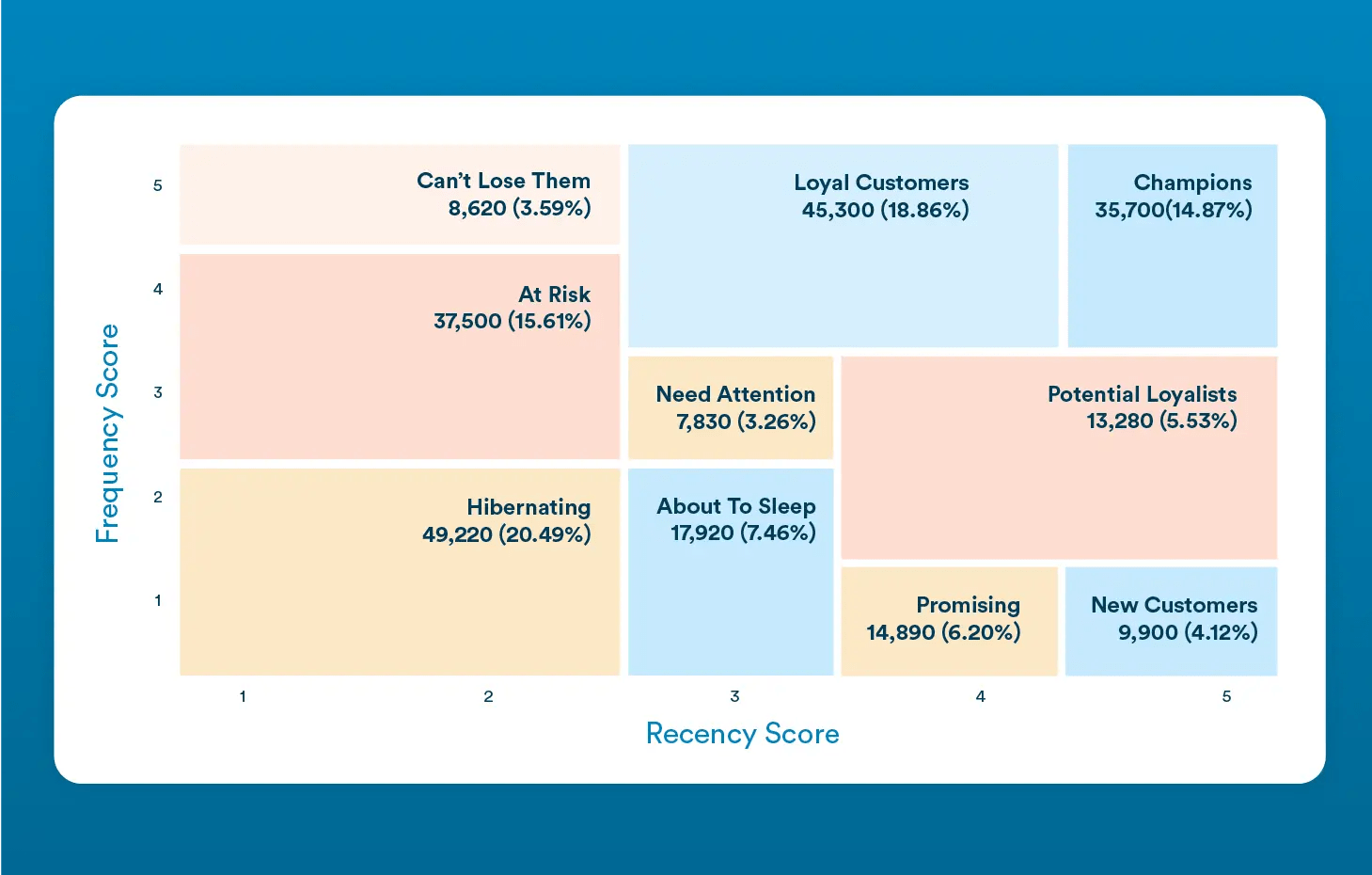
Personalization and Campaign Orchestration
CleverTap doesn’t just identify your segments—it empowers you to take action across multiple channels with dynamic, personalized content. Engage users with the right message at the right time through AI-driven automation, ensuring seamless and contextually relevant interactions
The platform integrates segmentation with campaign tools for push notifications, email marketing, in-app messages, SMS, WhatsApp, and more. This means you can design a campaign for a specific lifestyle segment (say, “Outdoor Enthusiasts”) and seamlessly deliver it via the best channel. You could send a push notification with a hiking gear promo to that segment at 5 pm (when they’re likely planning weekend activities). CleverTap’s campaign orchestration ensures each segment gets the right message on the right channel, all from one platform.
Analytics & A/B Testing for Segments
Measuring success is easy with CleverTap’s analytics. You can track how each lifestyle segment responds to campaigns – e.g., compare conversion rates between segments or see which content resonates most with each group. Built-in A/B testing tools allow you to experiment with different messages or offers within a segment to optimize performance.
By using CleverTap, marketing teams can operationalize lifestyle segmentation without heavy lifting on their end. The platform essentially provides the data infrastructure, segmentation intelligence, and execution tools all in one. This allows you to focus on strategy (deciding which lifestyle segments matter for your business) while CleverTap handles the automation of segment creation and campaign delivery.
In summary, CleverTap helps you perfect your audience targeting with powerful, real-time segmentation– making top-notch lifestyle marketing achievable even on a large scale. Book a demo with CleverTap to explore more.
The Future of Lifestyle Segmentation
The future of lifestyle segmentation will depend on Martech stacks evolving into Living Cartography—a concept that represents a living and breathing technological architecture that adapts dynamically to a brand’s unique needs.
CleverTap has been designed with Living Cartography at its core, providing brands with a modular, agile system that supports every stage of the customer engagement lifecycle. This includes:
- Customer Data and Activation (CDP): Unified data management to power real-time, data-driven marketing.
- Customer Relationship Management (CRM): Enhancing customer interactions and retention strategies.
- Customer Engagement Management (CEM): Automating personalized engagement across multiple channels.
- Marketing, Customer, and Product Analytics (DAP): Advanced analytics to measure and optimize performance.
These capabilities are interconnected yet independent, allowing organizations to choose the components that best meet their goals. Unlike traditional fixed tech stacks prone to failure when any layer is disrupted, Living Cartography ensures that each component can operate independently or as part of a fully integrated system.
Kiran Pius 
Leads Product Launches, Adoption, & Evangelism.Expert in cross-channel marketing strategies & platforms.
Free Customer Engagement Guides
Join our newsletter for actionable tips and proven strategies to grow your business and engage your customers.

